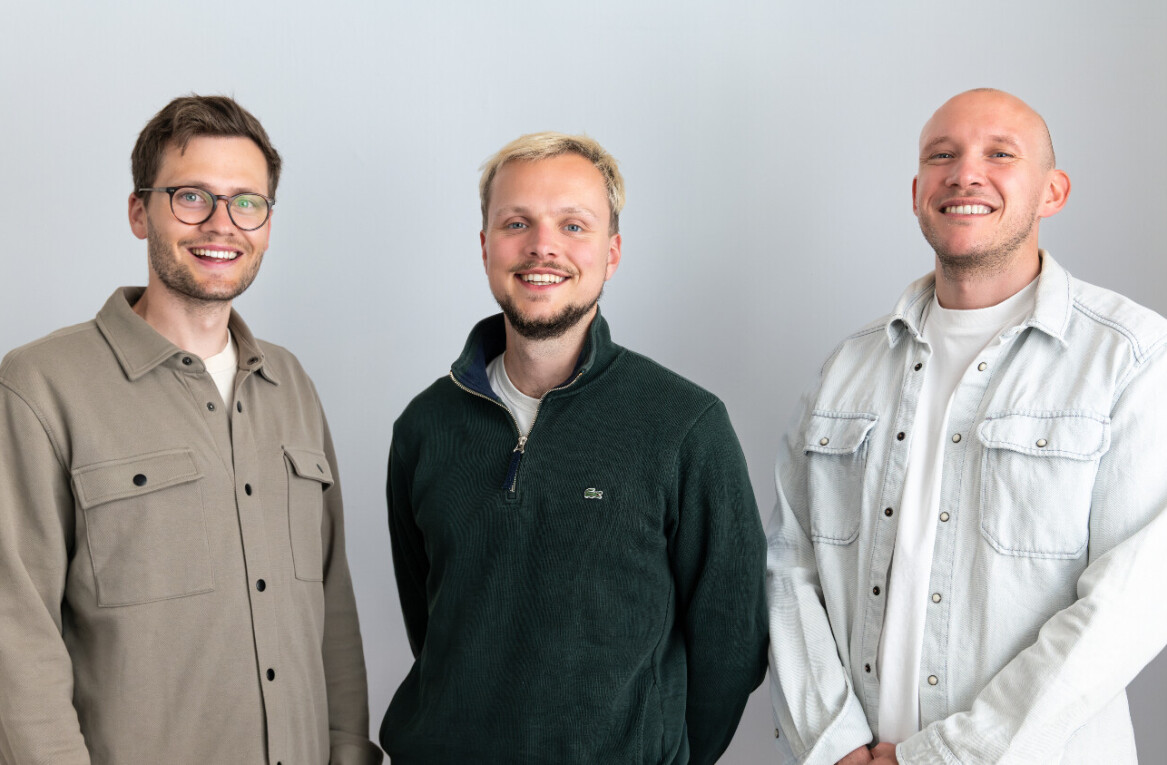
It sounds simple, but it takes time and dedication to build a company culture that incorporates user feedback across the entire company.
Sometimes, companies hire a dedicated “community-focused” employee and leave the community engagement up to them. In reality, every employee should be focused on your users, whether they’re a product manager, a designer, or an engineer.
At Polyvore, community is at the heart of everything we do, and is so integrated that it’s become part of our brand DNA.
The benefits are tenfold — we’ve built an incredibly loyal and passionate user base, and in turn, a more successful business.
Here are three simple strategies we’ve implemented that can help get you started on the path to success.
Involve users in product development
When it comes to designing and developing new products and features, consider your users as an extension of your team. We invite power-users to join in early beta and backdoor testing, and once launched, let them know that the new feature ideas came from within the community.
At the same time, we relay feedback to our product and engineering teams regularly, to help them understand our users to help create an even better product experience.
Understand user personas
While your users may have similar interests with each other, they may be using your product in different ways.
Discover these different user personas by sending out surveys to segments of users and meet with them to learn what inspires and drives motivates them to use your product.
For example, we have Polyvore users who love to shop, some who love to design outfits and some who just come to discover the latest trends and get inspiration how to style their existing wardrobe.
Whether or not you have have a dedicated user-research person, help identify the different use cases and the types of features they’re looking for. Make it easy for your product, engineer and design teams to understand these different use cases so that when specific feedback is shared, it’s easier for them to understand the user’s unique point of view.
Create a two-way dialogue offline
While most marketing campaigns focus on spending money to acquire users, try using resources to create meaningful, real-world experiences for your passionate community.
One of the most successful community-focused tactics we’ve implemented is our community meetups.
Our community feels assured that their feedback is being heard by a real person. And, our team gets to hear what drives our community firsthand, so they walk away feeling inspired, knowing that their work is impacting a real person. It’s a true win-win.
Other companies have also seen the value of offering real-world experiences for their communities.
- Airbnb regularly hosts dinners to their appreciation towards their hosting community.
- Photography startup EyeEm organizes photo exhibitions to give photographers recognition and exposure offline.
Your community is the lifeblood of your business, so it’s important that every employee feel equally invested in your community’s likes, dislikes and passion for your brand. Creating a more community-driven culture that puts its users first will position your startup for greater success.
Get the TNW newsletter
Get the most important tech news in your inbox each week.





